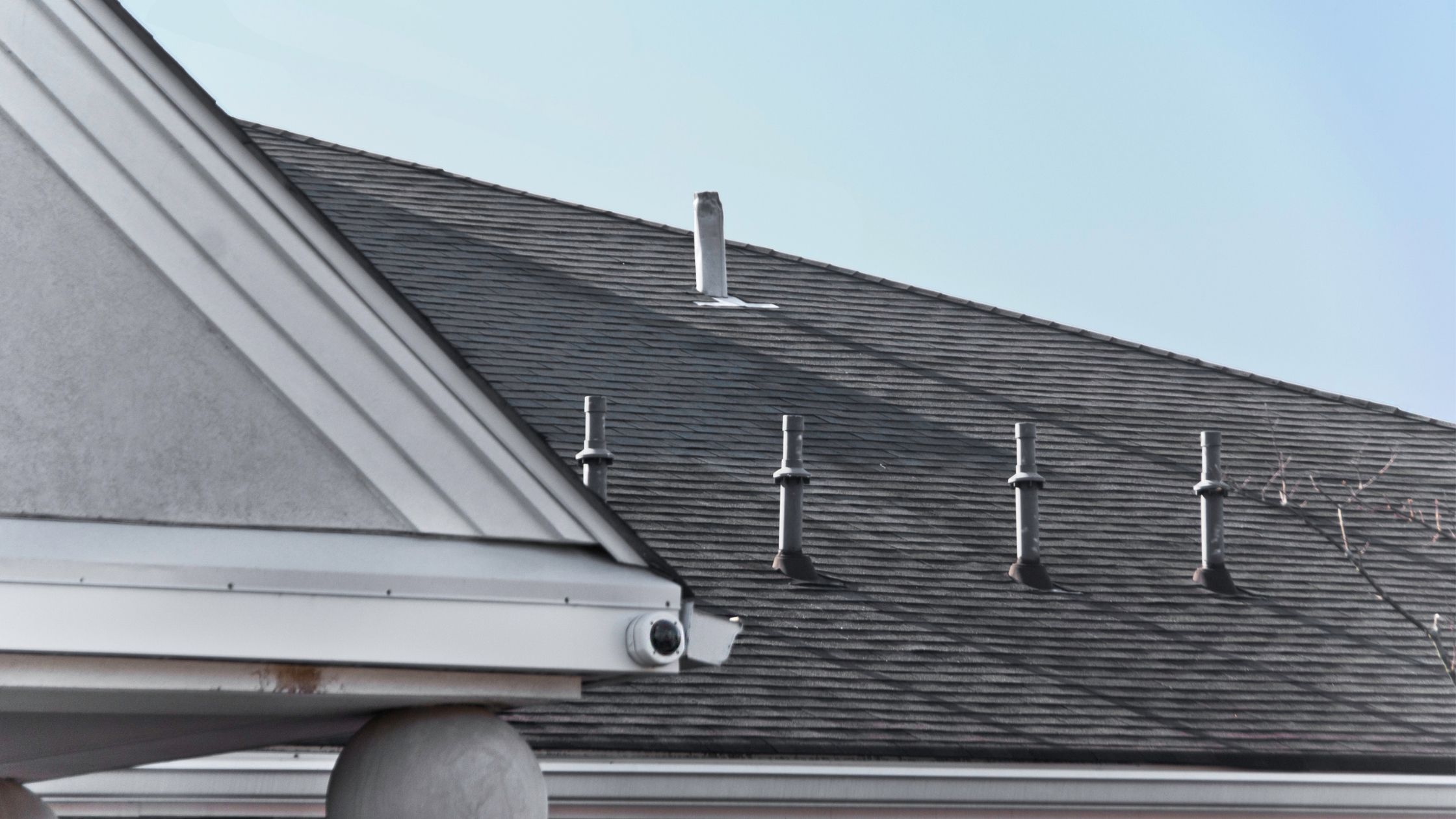Why Ventilation is Important

Your roof requires adequate ventilation in the attic area, especially during the colder winter months and warmer summer months. Proper ventilation allows air to circulate freely under the roof and prevents issues from occurring.
Why Ventilate Your Roofing System
Many roofing and home efficiency problems start with poor attic ventilation.Have you ever noticed that your windows are fogging up frequently? It may not be an issue with the windows, and could simply be an issue with your roof ventilation. No ventilation, too little, or too much ventilation can all contribute to roof decay, or your home being too warm in the summer or too cool in the winter. Poor airflow contributes to higher energy bills especially in the summer or winter months as hot or cold air transfers from the attic to living spaces. Improper ventilation can also cause timber and other roofing materials to split or become damaged over time.
Benefits of Ventilation
Air circulation through the attic area provides a balance between the heat being held in by the insulation in your home and the outside temperature. A roof system that does not have adequate ventilation can become a breeding ground for mould and mildew, which not only cause damage and rotting to your roofing system, but can also make their way into your home’s HVAC system and into the air you breathe.
Types of Roof Ventilation Systems
An experienced roofing contractors knows that you need to properly ventilate your home’s roof and attic to help reduce the risk of damage to your roofing system. Below are some of the main types of roof ventilation systems:
- Ridge Vents: these vents allow for natural airflow to occur underneath the roof deck and helps to prevent overheating and moisture buildup.
- Roof Vents: these vents allow hot and moist attic air to escape, reducing premature aging to your roofing system
- Intake Vents: these vents allow natural airflow into your attic space. It is important to ensure that intake vents are free of debris and obstructions such as leaves and bird nests.
- Mechanical Fans: in low ventilation areas, mechanical fans may be recommended to provide additional ventilation in addition to the natural airflow from other types of ventilation.
Our team at In Awe Roofing has years of experience not only in roofing, but in proper roof ventilation system installation and maintenance. Get in touch with us today and book your roof ventilation inspection.

In Awe Roofing Limited is an Award-Winning, family owned and operated Vancouver Roofing Contractor with over 17 years of roofing experience. We serve the entire Lower Mainland area, from Whistler to Chilliwack, employing a team of professional staff members. Our team has won numerous awards including Best of Homestars for the last five years, and Three Best Rated six years in a row. Learn more






















